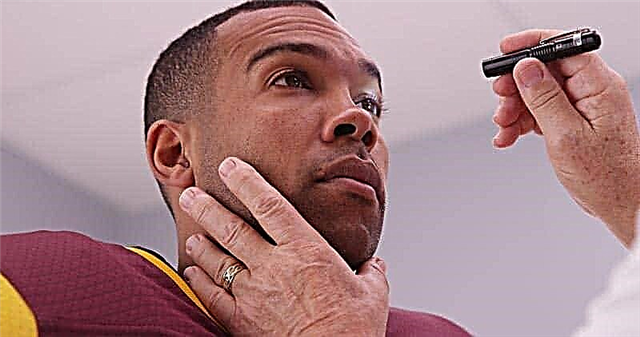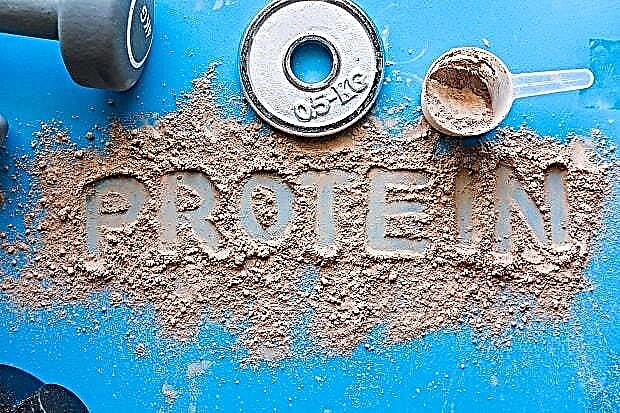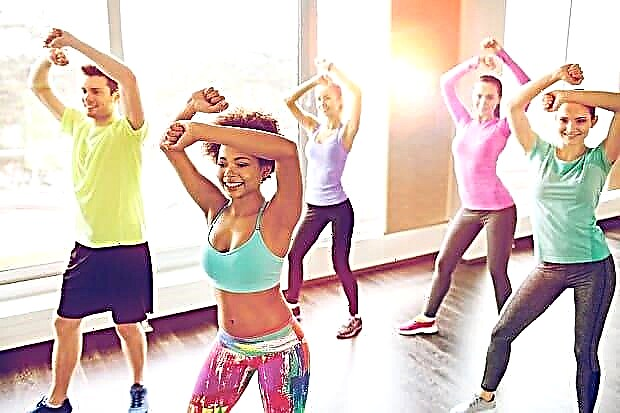Pull-ups are a common variation of the classic pull-ups on the horizontal bar. It differs in that we move the neck and head forward a little, due to which the position of the cervical and thoracic spine changes. The body becomes almost completely straight, the athlete is positioned perpendicular to the floor, and the biomechanics of movement is completely changed.
In this article, we will try to figure out what are the advantages and disadvantages of wide grip pull-ups and how to do them correctly.
Benefit and harm
The benefits of pulling up behind the head are obvious: due to a more even position of the body, the load is almost entirely focused on the large circular muscles of the back, which in the long term will visually make the back wider. Also, working with your own weight makes the ligaments and tendons stronger. Due to the constant static load on all the muscles of the back, the relief is greatly improved, every week the back becomes more and more bumpy and worked out.
However, this exercise also has disadvantages associated with the individual anatomical characteristics of the body or the wrong technique for performing the exercise. Let us dwell on them in more detail, since they pose a potential danger to the health of an athlete.
Flexibility in the shoulder joints
Many athletes simply lack the flexibility to properly perform pull-ups behind the head on the horizontal bar. The fact is that due to a sedentary lifestyle, all office workers have a severe deterioration in posture and flexibility in the shoulder joints. This prevents you from doing exercises such as pull-ups and pull-ups behind the head, or seated barbell presses. In medicine, there is even a special term for this problem - "computer neck" syndrome. It is expressed in the fact that a person who spends 6-8 hours during a working day in front of a computer constantly has his head stretched forward, the thoracic spine is twisted, and the shoulders are tilted down and forward. Over time, this problem becomes chronic and posture deteriorates markedly. Of course, pulling up normally won't work that way. It is imperative to work on flexibility, otherwise this simple exercise may end in injury for you.
Attention to the cervical spine
The next potential hazard is associated with the neck. I don’t know where it came from, but every second athlete, while doing pull-ups, considers it his duty to throw his head back as much as possible. Say, to better concentrate on the work of the broadest muscles of the back. However, as you can imagine, there can be no dependence between neuromuscular connection and head position. However, having the head tilted back will over-strain the neck muscles. In turn, this often results in neuralgia of the cervical spine or the occipital nerve.
With extreme caution, you need to approach the performance of reverse grip pull-ups for people with back problems. This can bring not only benefit, but also harm, it is easy to aggravate existing diseases. Athletes suffering from hernias, protrusions, scoliosis, kyphosis, osteochondrosis and other diseases should get detailed advice on the training process from their doctor before starting training.
Weighted exercise
Last but not least, you don't need to do this exercise with extra weight. I understand, perhaps you will feel that you are strong enough for this, but you better not. The fact is that the rotator cuff of the shoulder is the most easily traumatized area of our body, and the stress on it increases significantly when using additional weights. Recovery from an injury can take several months. It is better to do pull-ups with a reverse grip more times or shorten the rest time between sets, there will be much more sense from this.

What muscles work?
The emphasis of the load falls on the lats, trapezius and large round muscles of the back. Also, the posterior bundles of the deltoid muscles, biceps, forearms, dentate and intercostal muscles are actively involved in the movement. The extensors of the spine and the rectus abdominis muscle are stabilized.

Exercise technique
Despite the apparent simplicity, pull-ups behind the head are a rather insidious exercise. You can do it with ease, but you won't feel any benefit from it in increasing strength and gaining muscle mass. Why? Because such a specific trajectory of movement requires the utmost concentration on muscle contraction and extension and a well-developed neuromuscular connection. Without these two components, you will only be pulling up with the efforts of the biceps. Therefore, you do not need to force events and wait for an immediate effect from this exercise. It will not happen. It is better to have patience and wrist straps, only then you will learn how to properly swing your back with this exercise.
So, the technique for performing pull-ups behind the head is as follows:

- Grasp the bar with a wide grip. The arms should be slightly wider than the shoulders. Bring your head forward a little so that your upper back is completely straight. There is no need to throw your neck back or lower your head too much. And in fact, and in another case, the cervical spine will not say thanks for this.
- As you exhale, begin an upward pulling motion. As you climb, try to bring your shoulder blades together so that it is the muscles of the back, and not the arms, that are included in the work. At the same time, try to keep the trapezoid in static tension. Continue pulling up until a few centimeters are left between the back of your head and the bar.
- Smoothly lower down, spreading the shoulder blades to the sides as you lower. At the bottom, fully straighten, allow your lats to stretch properly and repeat the movement.
Crossfit complexes with exercise
We bring to your attention several crossfit complexes that contain pull-ups behind the head.
| Bell | Perform 21 deadlifts, 15 chin-ups, and 9 front squats. There are 3 rounds in total. |
| Candy | Perform 20 chin-ups, 40 push-ups, and 60 air squats. Only 5 rounds. |
| Jonesworthy | Perform 80 air squats, 40 kettlebell swings, 20 chin-ups, 64 air squats, 32 kettlebell strikes, 16 chin-ups, 50 air squats, 25 kettlebell swings, 12 chin-ups, 32 air squats, 16 kettlebell swings, 8 chin-ups for the head, 16 air squats, 8 kettlebell swings, 4 chin-ups, 8 air squats, 4 kettlebell swings and 2 chin-ups. The task is to keep within the minimum time. |
| Viola | Perform 3 barbell thrusters, 3 head pull-ups, and 3 barbell jump burpees. With each round, add 3 repetitions to each exercise. The task is to complete the maximum number of rounds in 25 minutes. |









